I came home from the MId-States Cactus and Succulent Conference in 2022 with a desire to add a dorstenia to my collection. Mike Hellmann gave a presentation on the species and donated one to the rare plant auction which brought $750! So naturally, I wanted one, too.
The plant in the center and the one to its right are also dorstenias, so you can see they come in a variety of shapes. These look pretty different to mine, but they are all dorstenias.
Photo courtesy of Mike Hellmann
After the conference, Mike, who lives in Kansas, graciously mailed me two seedlings from his collection; they have already produced a few seedlings, so now I can share them with others, too. These are Dorstenia foetia crispa.
Dorstenias are native to Ethiopia, Somalia, Kenya, Tanzania, Saudi Arabia, Yemen, and Oman. They are a variable species with different leaf sizes and body shapes. Mine have already shown slightly different leaf and body shapes, but they all have the same weird little star-shaped flowers. When the seeds in these flowers’ seed pods ripen, they are propelled explosively in all directions and eventually you will have little spots of green coming up in neighboring pots as well as in their own pots. Babies to share.
I also realized when I came home that I actually had a dorstenia that came up as a seedling in the pot of another plant I bought in 2017 from Woody Minnich, a Dorsentia foetida lavrani. It has a slightly different body shape, and shorter leaves , but it, too, has the funny little flowers that spit seeds everywhere.
Dorstenias are also called grendelion and are cooked and eaten in Oman. But I also read that they are toxic to humans and animals if ingested in large quantities. Now, I am not sure what constitutes too large a quantity, but I suspect those of us who want them in our collections aren’t planning on eating them in any quantity, anyway! I think we are safe.
These plants are fairly slow growers, but are easy to grow if you give them bright light, warm temperatures, regular moisture, and well-draining soil. They need to come in during the winter, of course. I water mine a little every other day, and they seem happy. On the other hand, it is suggested that they be kept inside or at least protected if you are in an area that has frequent rainfall and is humid. I suspect the well-draining soil is the key to combating root rot from too much water. This is one of the seedlings from the larger of the plants that Mike sent me. Notice that it has wider and smoother leaves than the original in the first picture.
These are unusual and fun little plants to add to your collection. You won’t find them in the big box stores. But I will have some of those seedlings from time to time if you are interested.
In fact, I think I have three right now…
Thanks to Mike Hellmann for sharing plants with me.
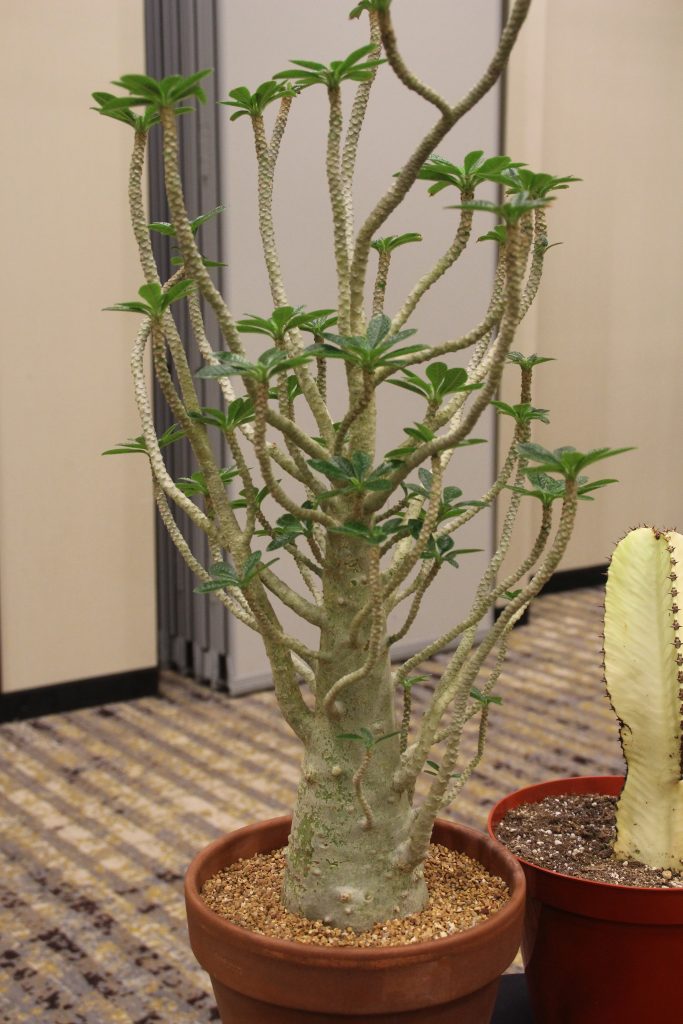
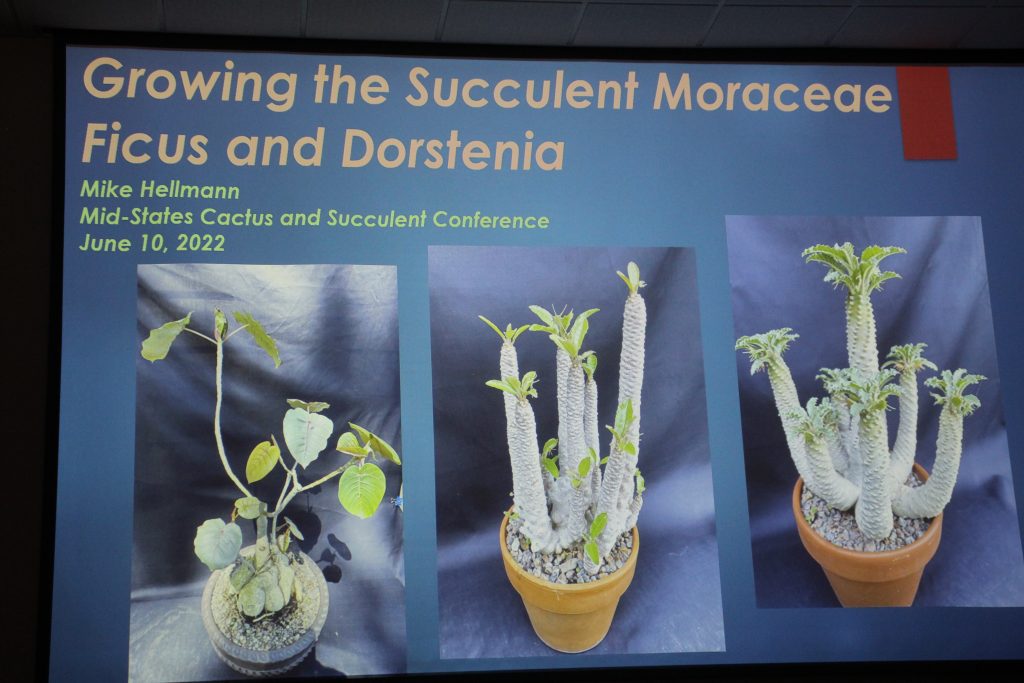
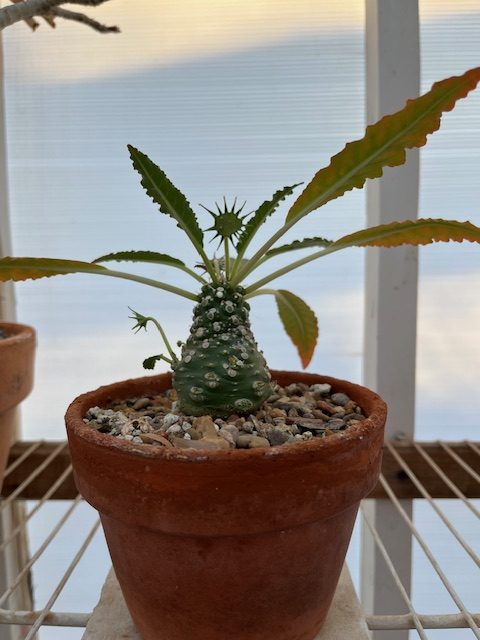
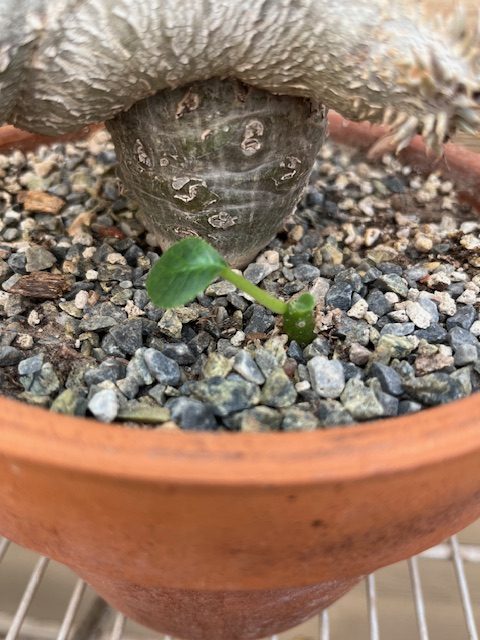
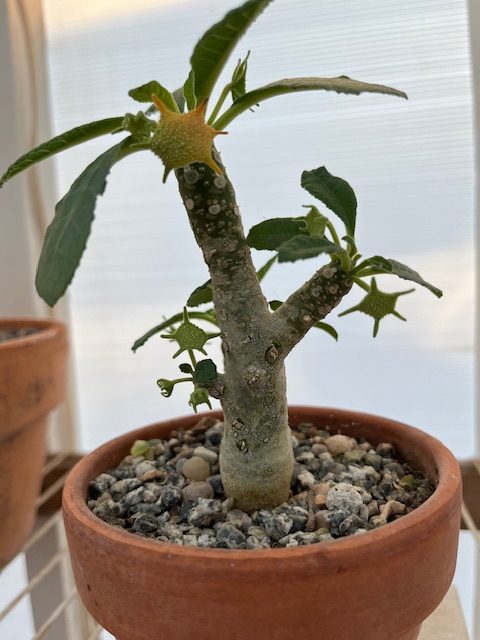
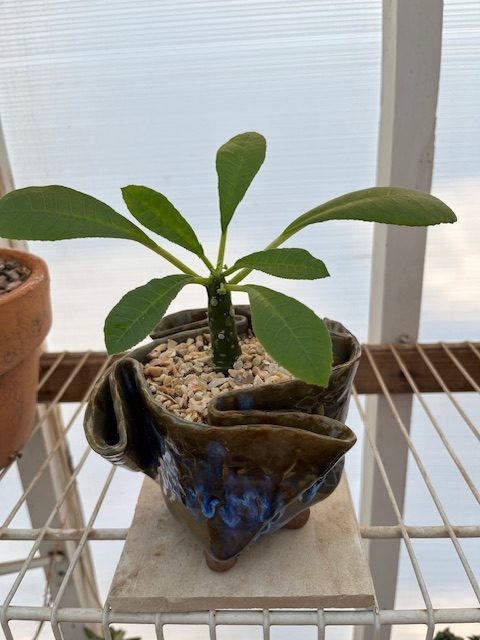
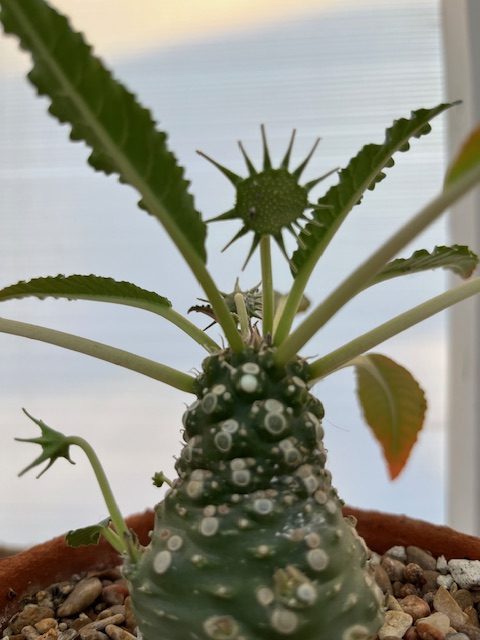
Recent Comments